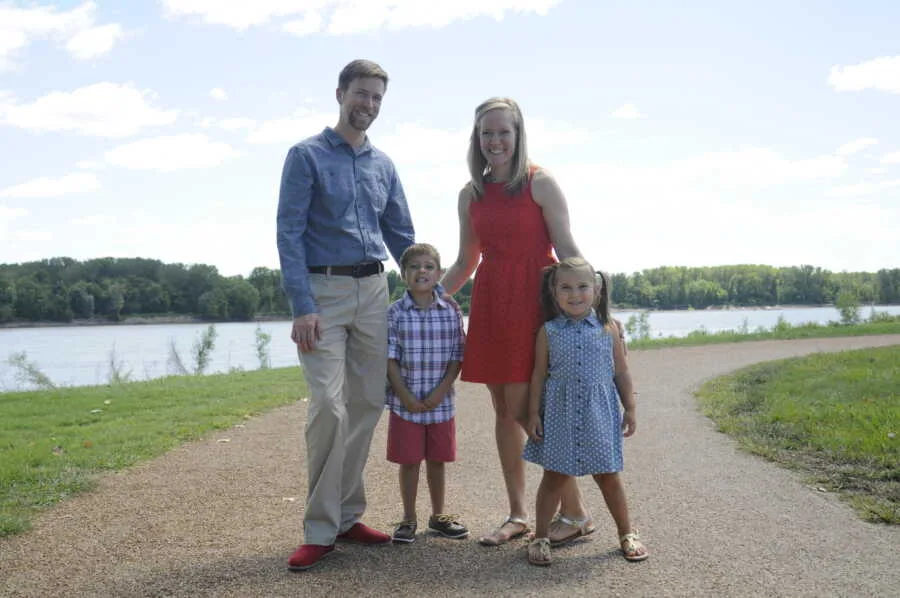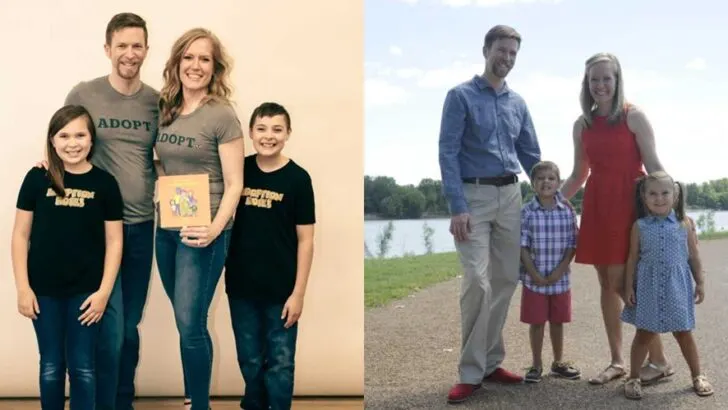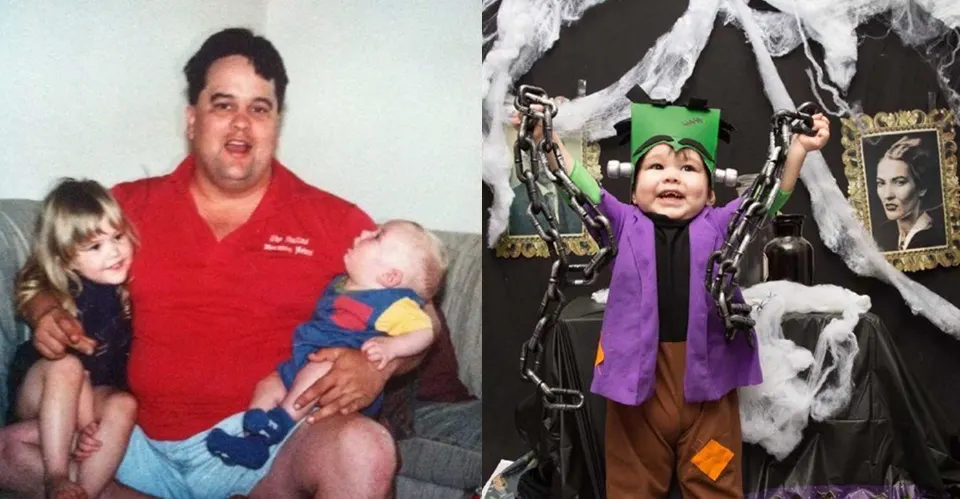Adoption isn’t defined by secrecy or shame; it’s about love, choice, and giving children the dignity to own their own stories while finding their place in a forever family. When Marcy and her husband welcomed foster children into their home, curiosity followed them everywhere, from family, friends, and neighbors. People wanted to know who these children were and why they were in care. While they were open about general things, like confirming they were fostering and whether the children were siblings, they quickly drew a line.
Marcy realized that the children’s stories weren’t hers to tell. Instead, she and her husband clarified that sharing details about their past was a decision their children would make for themselves when they felt ready. They created a safe phrase within their home,” this is a family conversation,” so the children knew specific topics, like their biological family or the reasons for being in care, and stayed private. Even the rescue dog adoption stories became a bridge, showing the children how adoption could be natural and meaningful.

As the adoption process was finalized and the children began practicing their new last name, Marcy was struck by how much adoption intersected with everyday life in school and the community. They were upfront with families whose kids played with, letting them know the children were adopted, but they kept the details private. Far from making things awkward, those families stayed close, asking Marcy if she knew others who had adopted, too. For Marcy, that was reassuring; it meant adoption didn’t have to be strange or isolating.
Still, some challenges were overcharged. Marcy’s heart sank when her son’s kindergarten teacher asked each student to bring a baby photo. They had none to give him, so he drafted an angry email. Her husband, himself a teacher, helped her see that the request wasn’t meant to exclude their child.
Instead of fighting the assignment, they sent in an older photo. Around the same time, a play therapist observed similarities between Marcy and her daughter, shared expressions, and habits, which made them look like family despite not sharing DNA. Later, when friends at school doubted the kids were adopted because they looked so much like their father, who happened to be their art teacher, Marcy smiled at the irony.
Education became an unexpected part of the journey. During the pandemic, when remote school assignments gave her son free rein on topics, he wrote about foster care adoption. He refused to switch even when told the subject might be too complex. He wanted his classmates to understand this part of him, no matter how hard it was to research.
That same year, Marcy invited her children to share their experiences on her podcast, The Forgotten Adoption Option. With complete control over their participation, they chose to bravely speak about meeting their forever family, memories of foster care, and what adoption meant to them.

Their willingness to tell their story in their own words reinforced everything Marcy and her husband had worked to embed: their voices mattered. As Marcy’s awareness grew, so did her desire to advocate for the thousands of children still waiting for families.
Sitting with her daughter one evening, she began drafting a children’s book titled Are You a Forever Family? Together, they brainstormed illustrations and critiques as a family. Debuting it during National Foster Care Month felt like the natural extension of their story, transforming something once private into a message of hope and awareness for others.
As the children grew into middle schoolers, the conversations at the dinner table shifted to lighter, everyday things, such as whose smile looked like whose, how tall they might become, or what features they had inherited.But they also had the gift of photo albums from their biological family’s goodbye visit, which gave them a tangible connection to their past and a way to answer new questions as they arose.
One of Marcy’s most rewarding moments came when she partnered with a Girl Scout working on her Silver Award project. Together, they built a lesson plan to help teachers celebrate adoption in classrooms. Returning to her children’s former elementary school to teach that lesson, Marcy witnessed a little girl confidently raise her hand to share with her peers that she was adopted, too. It was a powerful reminder of how representation and openness could inspire courage in others.
For Marcy, adoption has never just been about filling her home with children; it’s been about protecting their stories, creating space for their voices, and reshaping the way others see adoption. What began as careful boundaries around privacy became a journey of advocacy, creativity, and empowerment.




